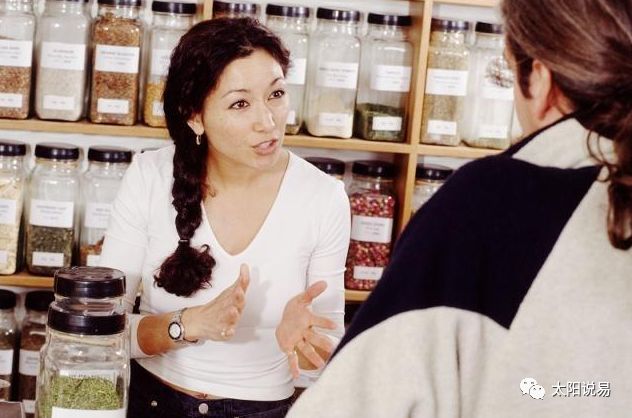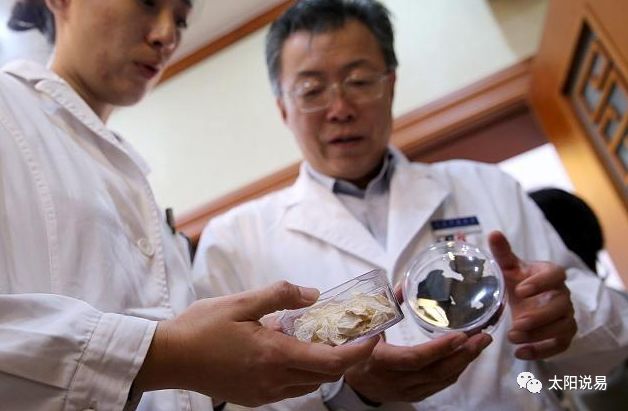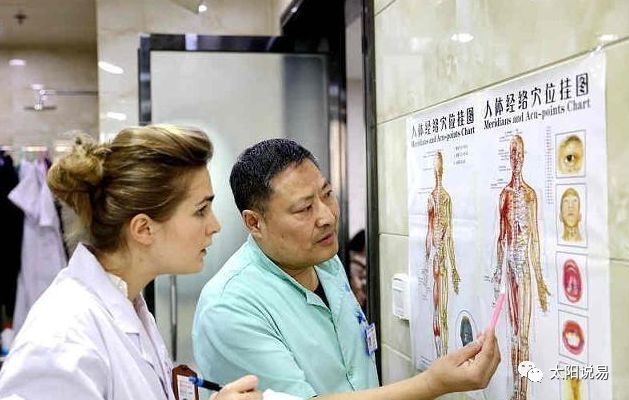In the process of diagnosing diseases, Traditional Chinese Medicine (TCM) relies on the Eight Principles: Yin, Yang, Exterior, Interior, Cold, Heat, Deficiency, and Excess. The differentiation of patterns based on these principles is a fundamental aspect of TCM, with the differentiation between exterior and interior being one of the two key components. In TCM, the concept of ‘exterior’ and ‘interior’ is relative; for the human body, the pi mao ji can (skin and muscles) represent the exterior, while the internal organs represent the interior; for meridians and organs, the meridians are considered exterior, and the organs are interior; and for the organs themselves, the surface is exterior while the internal organs are interior.

1. Exterior Patterns
Exterior patterns refer to the symptoms arising from the invasion of the six excesses and epidemic pathogens through the skin and mucous membranes. They are commonly seen in the early stages of externally contracted diseases, typically presenting with an acute onset and a short duration. The clinical characteristics include: first, the presence of an external pathogen, which is caused by the invasion of pathogenic qi into the body; second, the disease location is in the skin and muscles, making it relatively easy to treat. Clinical manifestations include chills, fever, body aches, a thin white tongue coating, a floating pulse, along with symptoms such as nasal congestion, runny nose, cough, sneezing, and throat discomfort.
Due to the six excesses invading the skin, they obstruct the normal dispersal of defensive qi, leading to heat accumulation. When defensive qi is obstructed, it loses its ability to warm and nourish the skin, resulting in chills. The stagnation of pathogenic qi in the meridians causes poor circulation of qi and blood, leading to body aches. The lungs govern the skin, and the nose is the orifice of the lungs; when pathogenic qi enters through the skin and nose, it affects the lungs, causing symptoms such as nasal congestion, runny nose, and cough. Sneezing and throat discomfort often accompany these symptoms. Since the pathogenic qi is still at the exterior and has not harmed the interior, the tongue coating remains primarily thin and white. The righteous qi rises to counteract the pathogen, resulting in a floating pulse.

2. Interior Patterns
Interior patterns refer to a type of syndrome where the disease is deeply rooted in the interior (organs, qi and blood, bone marrow). This is in contrast to exterior patterns. They are often seen in the middle to later stages of externally contracted diseases or in cases of internal injury. The causes of interior patterns can generally be categorized into three situations: first, the transmission of exterior pathogens into the interior, invading the organs; second, direct invasion of the organs by external pathogens; third, emotional disturbances, irregular diet, and excessive exertion leading to damage to the organs, resulting in dysfunction and chaotic qi and blood. The clinical characteristics can be summarized in two points: first, the disease location is deep; second, the condition of interior patterns is generally more severe.
Interior patterns have complex causes, broad locations, and diverse symptoms. Any condition that is not classified as an exterior pattern or a half-exterior half-interior pattern falls under interior patterns. They often present in forms of either cold or heat, deficiency or excess, with clinical symptoms that are quite complex. However, common symptoms include: high fever with aversion to heat or mild fever with tidal heat, irritability and confusion, thirst with a desire to drink, or aversion to cold with cold limbs, fatigue and weakness, and a pale tongue with excessive saliva. Symptoms may also include constipation, short and red urine, or diarrhea with loose stools, clear and frequent urination, abdominal pain and nausea, a thick and greasy tongue coating, and a deep pulse.
When heat pathogens enter the interior, intense heat can lead to symptoms of high fever and aversion to heat. Internal injury to Yin can cause deficiency heat, often resulting in mild fever or tidal heat. Damage to the body’s Yang qi can lead to insufficient Yang, manifesting as aversion to cold and cold limbs, fatigue, and weakness. Irritability and confusion are manifestations of excess heat disturbing the mind. Heat consumes body fluids, leading to thirst and short, red urine. Heat can also obstruct the intestines, causing dryness and abdominal pain with nausea. In cases of deficiency cold, there may be a pale tongue with excessive saliva; in cases of spleen deficiency, loose stools may occur, and internal dampness or damp-heat can lead to a thick and greasy or yellow tongue coating.

3. Half-Exterior Half-Interior Patterns
Half-exterior half-interior patterns occur when an external pathogen has entered the interior but has not fully penetrated, or when an internal pathogen has surfaced but has not fully reached the exterior, resulting in a conflict between the pathogen and the righteous qi at the boundary of the exterior and interior. These patterns are often found in the gallbladder meridian, and the common characteristic of half-exterior half-interior patterns is the alternating presence of cold and heat. Due to the struggle between the pathogen and the righteous qi, there are alternating symptoms of cold and heat. Clinical manifestations include alternating chills and fever, fullness in the chest and hypochondria, irritability with a tendency to vomit, lack of desire to eat or drink, bitter taste in the mouth and dry throat, dizziness, and a wiry pulse.
4. Differentiating Between Exterior and Interior Patterns
To differentiate between exterior and interior patterns, one must examine the symptoms of cold and heat, the prominence of internal organ symptoms, tongue appearance, pulse changes, and other variations. As stated in the book “Medical Insights: Differentiating Cold and Heat, Deficiency and Excess, Exterior and Interior, Yin and Yang”: “The differentiation of exterior and interior in a disease is entirely based on the presence of fever and tidal heat, aversion to cold and aversion to heat, headache and abdominal pain, nasal congestion and dry mouth, the presence or absence of tongue coating, and the floating or sinking pulse. If there is fever and aversion to cold, headache and nasal congestion, with a tongue that has no coating (or a thin white coating), and a floating pulse, this indicates an exterior pattern; if there is tidal heat and aversion to heat, abdominal pain and dry mouth, with a yellow-black tongue coating and a sinking pulse, this indicates an interior pattern.”

In summary, in cases of externally contracted diseases, the simultaneous presence of fever and aversion to cold indicates an exterior pattern; however, if there is fever without aversion to cold or cold without fever, this indicates an interior pattern; alternating cold and heat indicates a half-exterior half-interior pattern. Exterior patterns commonly present with symptoms such as body aches, nasal congestion, or sneezing; interior patterns primarily manifest with internal organ symptoms such as cough, palpitations, abdominal pain, or diarrhea; half-exterior half-interior patterns exhibit unique symptoms such as fullness in the chest and hypochondria. The tongue coating changes are not significant in exterior and half-exterior half-interior patterns, while interior patterns often show notable changes in tongue coating; exterior patterns typically present with a floating pulse, while interior patterns often present with a sinking pulse or other varied pulse types.

